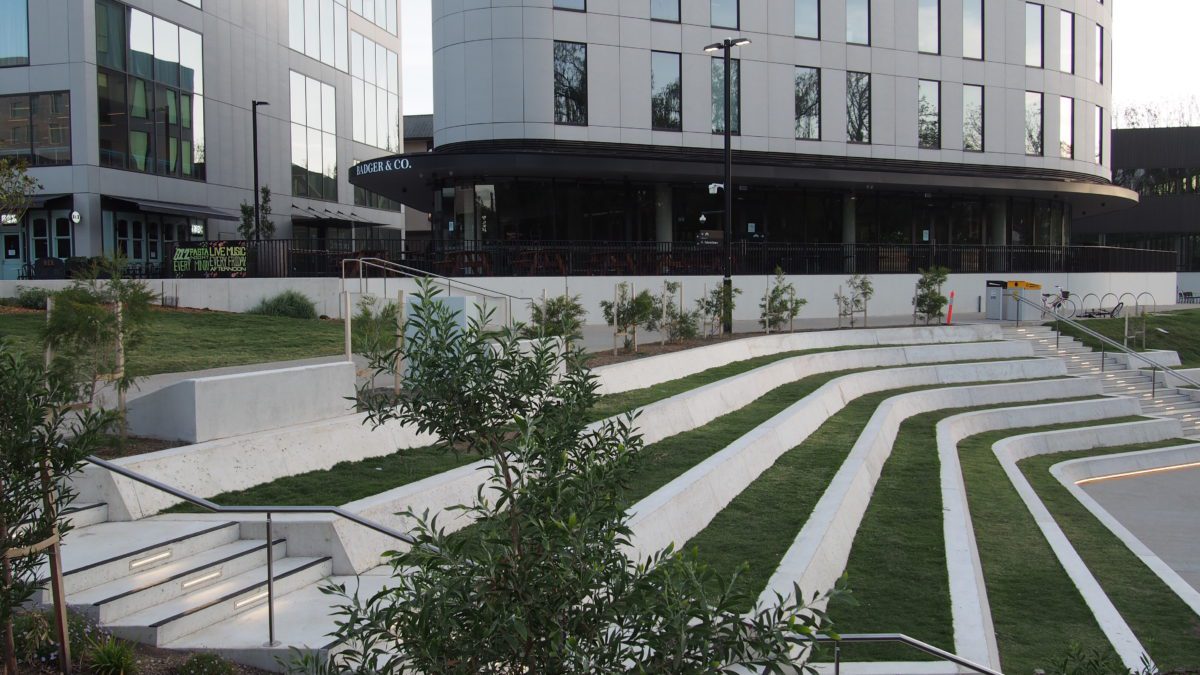Following the completion of the ANU’s 2017-2021 Strategic Plan, Chancellor Julie Bishop and Vice-Chancellor Brian Schmidt presented the University’s 2021-2025 Strategic Plan on the 2nd of August, in time for the University’s 75th anniversary celebrations. ‘ANU by 2025’ aims to further the values of its predecessor, which was focused on “the need for change”. The ANU “will invest in, and insist on, excellence everywhere”. The new plan released is broken down into 4 distinct branches.
The first branch, labeled “strengthening our national mission and meeting our unique responsibilities,” revolves around the ANU’s role as the leading Australian University. It aims to see the ANU continue its mission in providing specialist knowledge to sectors, industries, and governments. In doing so, the ANU says it intends to advance Australia’s future economically, politically, and scientifically.
The second branch, “conducting research that transforms society and creates national capability,” will see the ANU aim to strengthen research, especially in fields that the ANU specialises in. These fields include the Asia Pacific, core sciences, social sciences, humanities, STEM, public policy, and security studies. To do so, the ANU claims it will provide incentives to “bring fresh perspective to the work they do”. Additionally, the ANU says it aims to partner with First Nations communities to incorporate Indigenous knowledge and culture into its research and teaching programs.
The third branch, “delivering a student experience equal to the world’s best,” targets students’ campus and classroom culture. Specifically, the ANU aims to facilitate students’ academic experience through “provid[ing] seamless services” that extend from application into the university to alumni relations after graduation, including “rigourous, inspiring courses”. The student cohort will depict the University’s “mandate to represent Australia in all its diversity [which] will be reflected in our revolutionary nationwide admissions model.”
Outside of the classroom, the University plans to foster a safe and encouraging campus environment, one that “treats ANU students like individuals”.
The final branch “being a standard-bearer for equity and inclusion”, aims to be “distinctively inclusive and equitable”. The ANU aims to invest “in the creation of a positive culture characterised by respect, collaboration, equity and diversity” for both students and staff. For student cohort equity, the ANU will strengthen its recruitment of low-SES, rural, and indigenous students. For staff, the employment process will seek to attract a “wider diversity of cultural, ethnic and gender backgrounds, including at senior staff levels”.
The release of the Strategic Plan on the 75th anniversary of the ANU comes at a tense time for students on campus, aligning with the August 1 anniversary of the 2017 “Change the Course” Report released by the Human Rights Commission. On August 2, ANU students protested against the lack of University action following the findings of the Report, including a walk-out of the 75th anniversary celebrations.
The full strategic plan of ‘ANU by 2025’ can be found here.
We acknowledge the Ngunnawal and Ngambri people, who are the Traditional Custodians of the land on which Woroni, Woroni Radio and Woroni TV are created, edited, published, printed and distributed. We pay our respects to Elders past and present. We acknowledge that the name Woroni was taken from the Wadi Wadi Nation without permission, and we are striving to do better for future reconciliation.
